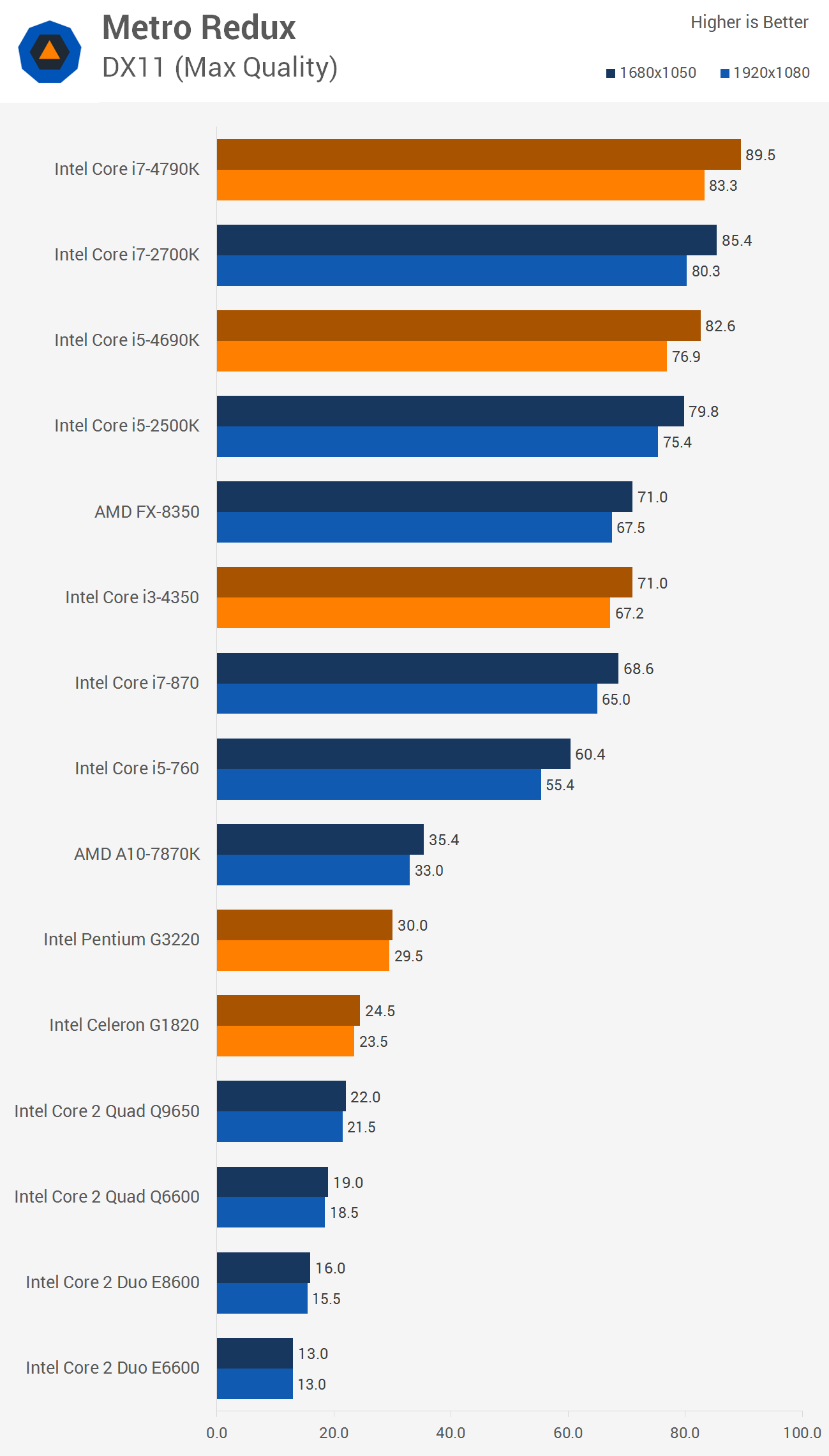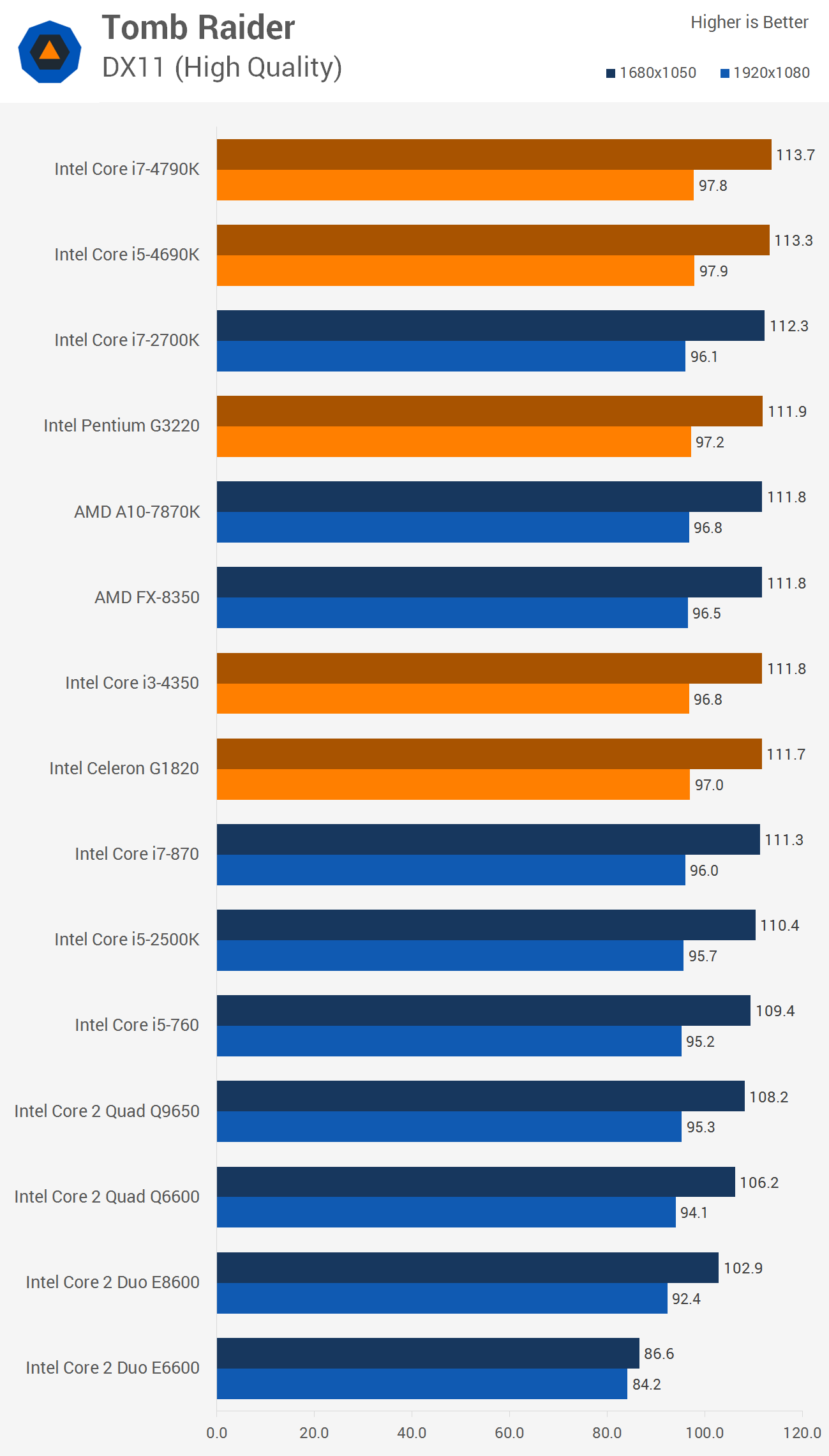OK, if the FX is so great, how come you are trying to justify it by comparison to a mid range, well lower mid range actually, Intel i3? Which by the way uses about half the power of an 8350 and probably 1/3 or 1/4 that of the 9590, or an overclocked lower tier FX.
Because generally speaking when you put together an FX8000 series platform with mobo, it costs much closer to the i3 not the i5 K series. Did you not read my post that if someone can stretch their budget to the K series i5 or i7, I would recommend them? Did I at all recommend the 9590? I am only using it as a basis for overclocking for FX8300 series since I can't readily find FX8350 @ 4.7Ghz in 5 minutes but it doesn't change my point.
And I dont really care what budget AMD has, or if the FX is an old design, or if they are stuck on a node disadvantage. Not my problem.
Ok so you operate in a vacuum then. It shouldn't be surprising that FX8000/9000 series uses way more power than modern i5/i7 CPUs since AMD has an R&D and node disadvantage.
I make my comparison product to product, what is currently available in the marketplace. Now there are certain scenarios that FX makes sense, but they are *very* limited, which is reflected in their marketshare.
Marketshare doesn't always reflect that one product is better than the other. Oftentimes it's the perception that a product is better. For example, millions of people buy 2015 Toyota Corolla with drum breaks, Bose or Beats products. But anyone who knows anything about cars, speakers or headphones will straight up tell you those products are all trash. It doesn't stop Beats from having close to 65% of all profits/markets hare in the headphone market.
Even for gaming, you have to cherry pick highly multithreaded games to make FX look better or at least competitive, against even an i3. .
No, you don't need to cherry-pick. In almost all games the FX8320/8350 @ 4.4-4.5Ghz will beat any i3 system for gaming and easily trade blows with a stock i5 2500K. Is it a great outcome, no obviously not when i5 4690K @ 4.5Ghz is a better CPU but the amount of hate FX8000 series products get is not commensurate with their respective price/performance and actual performance.
And a *stock* 4690k, which you could overclock, pretty much destroys any FX in gaming
No wonder and it should. Intel has 100X the market cap, tens of thousands more engineers and billions of dollars more money. You can't be serious if you expect a firm with 1.5B market cap to have a CPU in 2015 that can beat Intel's best products?

You keep saying how it doesn't matter but in this industry performance, performance/watt and overclocking often go hand-in-hand with manufacturing node. Intel specifically lists its manufacturing node as a key competitive advantage.
If AMD had the resources of capability to move FX8320 to 20-22nm node in 2015, then at least the comparison to the i5 4690K would be a lot more reasonable.
Bulldozer architecture came out
October 12, 2011. Haswell came out
June 1, 2013. Haswell had a huge node advantage, new architecture and it was 1.5 years newer. Now you want to compare i5 4690K vs. FX8300 series and conclude that AMD is not competitive? Duh! Thanks for stating the obvious Mr. obvious.
That's why some posters in this thread responded to the crazy claims of Vishera's power usage. In the era when it was created, it was never meant to compete with 22nm Haswell. The reason it continues to sell today isn't because AMD intended for Bulldozer/Vishera, etc. to compete with 14nm-22nm Haswell/Skylake processors but because AMD ran out of $ to refresh their CPU architectures.
We might as well start comparing Pentium 3/4 to Athlon 64/X2 and conclude that Intel is done for but Intel continued to pour money into new architectural designs. The difference is AMD doesn't have that $ which is why a largely unchanged CPU architecture from Q4 2011 is what AMD is selling today.
Still though, regardless of 2015, you seem to have missed how so many people bashed FX8000 series not in 2015, but in 2011, 2012 and 2013 when the gap in performance wasn't nearly that large as it is today. I mean one could overclock FX8150 to 4.4Ghz all the way in 2011. I am in no way suggesting anyone build an FX8000/9000 series over i5 K series today just simply reflecting on the overall context.



























